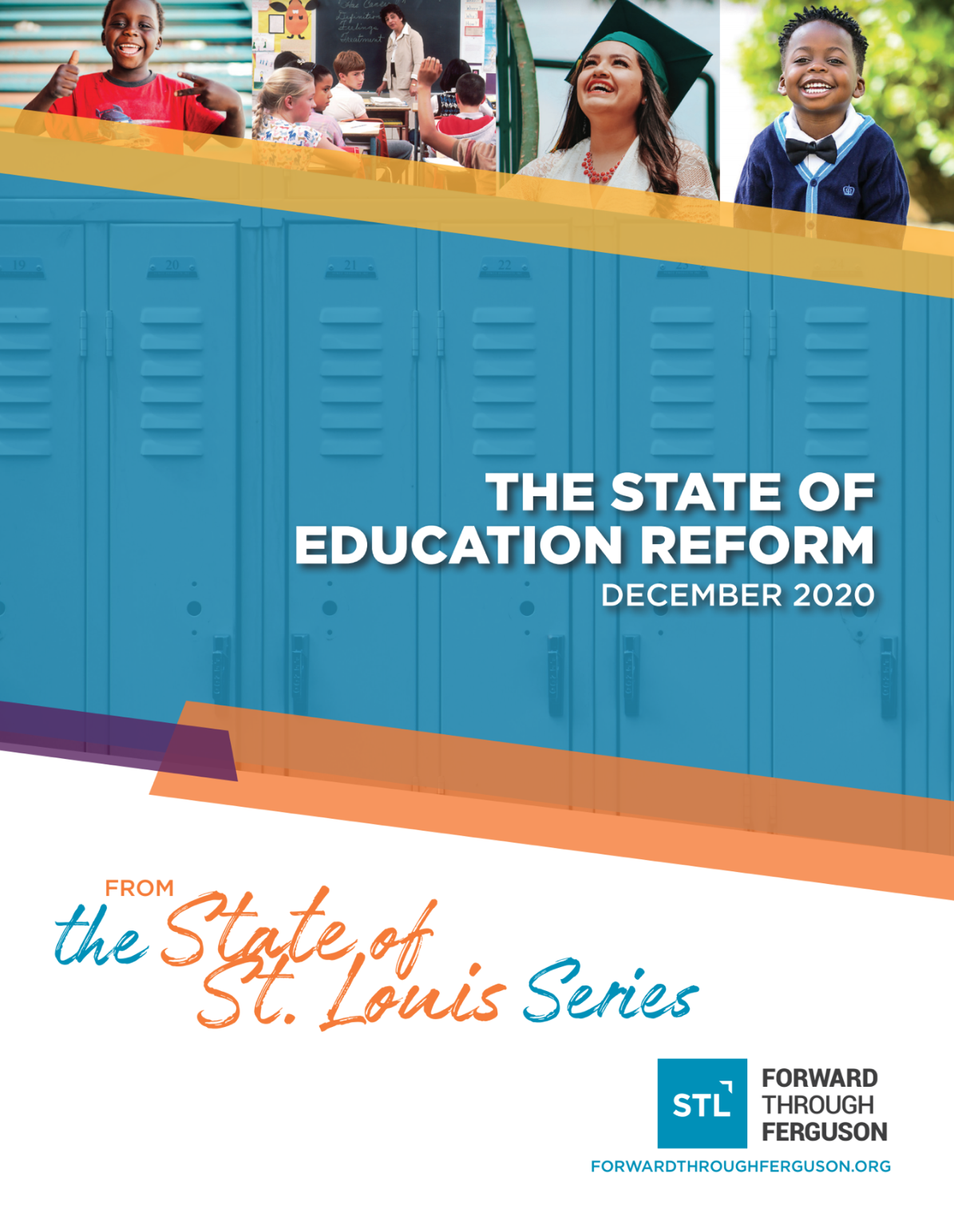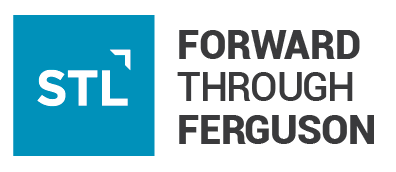The State of Education Reform: What has and hasn’t changed in St. Louis education?

Click Here to Download the “State of Education Reform”
This year’s installment of our State of St. Louis series focuses on the innovations and challenges that our region’s education system has seen since the release of the Ferguson Commission Report. The State of Education Reform was written with direct engagement from 60 local education stakeholders. As we did with last year’s State of Police Reform, we’ve used three driving questions to inform our investigation of progress in education.
1. What has changed in our education system?
2. What partnerships within the education sector and beyond
have facilitated change?
3. How have the deep fractures within our region held back change?

When the Ferguson Commission Report was released in 2015, they identified 189 calls to action toward Racial Equity for the St. Louis Region. At Forward Through Ferguson, we believe that these calls to action provide us with a guide on our path toward a racially equitable St. Louis.
As detailed by the Commission, our collective commitment to fostering structural education innovation and ensuring holistic child well-being will help us see our #STL2039 vision become a reality– that is, our vision for creating the St. Louis that our children deserve by the year 2039— one where Black children are given everything they need to thrive.
From the State of Education Reform:
“We have to work together to invest in public infrastructure that funds schools, to call in private institutions to be more transparent about their practices, systems, and replicable models. We have to invest in long-term advocacy and law-making that holds our representatives accountable to systematize our children’s best interests, and we have to build coalitions—accepting our power as St. Louisans to influence and demand the changes necessary to grow a thriving and equitable landscape for us all.”
– Faybra Hemphill, Forward Through Ferguson’s Director of Racial Equity Capacity
Forward through,

